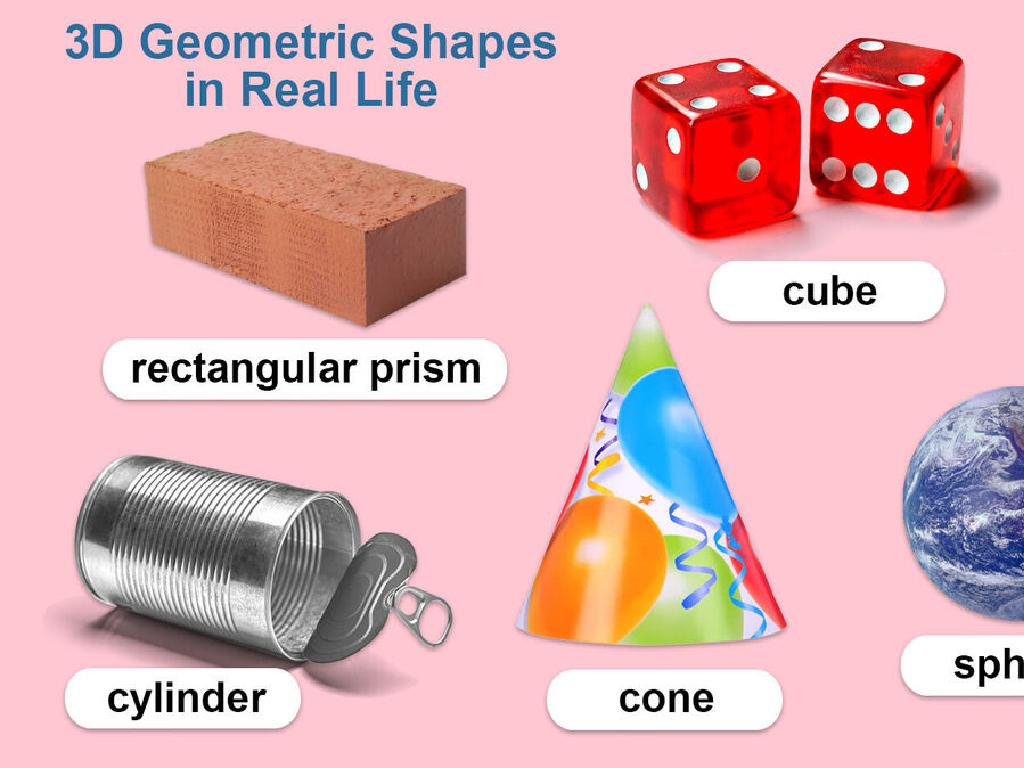Era 7 The Great Convergence And Divergence (1880 Ce To The Future)
Subject: Arts and humanities
Grade: High school
Topic: World History Project - Origins To The Present
Please LOG IN to download the presentation. Access is available to registered users only.
View More Content
Era 7: The Great Convergence and Divergence
– Global shifts from 1880 CE to present
– The world became more interconnected through trade, migration, and communication.
– Convergence & Divergence explained
– Convergence refers to cultures and economies coming together, while divergence is about them moving apart.
– Major historical events overview
– Significant events include World Wars, decolonization, and the Cold War.
– Key innovations of the era
– Innovations like the internet, space exploration, and medical advances shaped society.
|
This slide introduces students to Era 7, a period marked by significant global shifts in culture, economy, and technology. It’s crucial to explain the concepts of convergence and divergence, as they are central to understanding the complexities of this era. Highlight how the world has grown more interconnected, yet also more divided in certain aspects. Provide a brief overview of major historical events that have shaped the modern world, such as the World Wars, the fall of empires, and the rise of new superpowers. Discuss key innovations that have had a profound impact on humanity, including technological advancements that revolutionized communication, transportation, and health. Encourage students to think critically about how these events and innovations have contributed to the world they live in today.
Industrialization and Global Capitalism
– Rise of Industrialization
– Transition to new manufacturing processes in Europe and the U.S. in the 18th and 19th centuries.
– Expansion of Global Capitalism
– Capitalism spread worldwide, influencing economies and trade.
– International Trade Boom
– Trade expanded massively, with goods, capital, and labor moving globally.
– Case Study: Second Industrial Revolution
– Focus on technological advancements post-1870, like steel, oil, and electricity.
|
This slide aims to provide an overview of the transformative period of industrialization and its role in shaping global capitalism. The rise of industrialization marked a significant shift from agrarian societies to industrial economies, leading to profound social, economic, and environmental changes. The expansion of capitalism and international trade during this era facilitated the movement of goods and capital across borders, contributing to a more interconnected global economy. The Second Industrial Revolution serves as a case study to illustrate the technological advancements that further propelled industrialization and economic growth. Discuss the implications of these changes on society, the workforce, and the global balance of power. Encourage students to think critically about the benefits and challenges of industrialization and capitalism.
Imperialism and Colonialism: Global Impact
– Age of Imperialism overview
– Late 19th century rush by European powers to acquire territories.
– Colonial rule’s effect on natives
– Exploitation and cultural changes, often leading to loss of indigenous traditions.
– Indigenous resistance movements
– Various forms of pushback, including revolts and intellectual movements.
– Decolonization process
– Post-WWII era saw a wave of colonies gaining independence.
|
This slide aims to encapsulate the broad themes of Imperialism and Colonialism from the late 1800s to the present. The ‘Age of Imperialism’ refers to the period when European nations competed to expand their empires by colonizing parts of Africa, Asia, and the Americas. Discuss the profound impacts of colonial rule on indigenous populations, including economic exploitation and cultural erosion. Highlight the resistance efforts by colonized peoples, which took many forms, from armed uprisings to political and intellectual movements. Finally, touch upon the decolonization wave post-World War II, leading to the formation of new nations and a shift in global power dynamics. Encourage students to consider the long-term effects of these historical events on current global relations and cultural identities.
World Wars and Political Revolutions
– Causes of World Wars
– Militarism, Alliances, Imperialism, Nationalism, and the Assassination of Archduke Franz Ferdinand sparked WWI.
– Ideologies: Communism, Fascism, Nationalism
– Ideologies shaped nations’ identities and justified actions during the wars.
– Political Revolutions’ Global Impact
– Revolutions altered power structures and influenced international relations.
– Consequences of World Conflicts
|
This slide aims to provide students with an understanding of the complex causes leading to the World Wars and the significant role played by various political ideologies in shaping the 20th century. Discuss how militarism, alliances, imperialism, and nationalism contributed to the outbreak of World War I, and how the assassination of Archduke Franz Ferdinand was the immediate trigger. Explore how communism, fascism, and nationalism were not only responses to economic and social conditions but also driving forces in the wars. Highlight the impact of political revolutions, such as the Russian Revolution, on global dynamics, changing borders, and the balance of power. The consequences of these world conflicts, including the Treaty of Versailles and the establishment of the United Nations, should be examined to understand their lasting effects on international relations and the modern world.
Cultural Movements & Technological Innovations
– Flourishing of modern arts & culture
– Explore the renaissance in literature, music, and visual arts from 1880 CE onwards.
– Impact of the Digital Revolution
– Discuss how digital technology has transformed communication, work, and leisure.
– Technology’s role in global interactions
– Examine how tech has enabled instant global connectivity, affecting trade, politics, and culture.
– Shaping society through innovation
|
This slide aims to highlight the significant cultural and technological milestones from 1880 CE to the present. Begin with the explosion of creativity in the arts and how cultural movements have reflected the times. Move on to the Digital Revolution, emphasizing its profound impact on every aspect of society, from the way we communicate to the nature of our jobs. Discuss the role of technology in facilitating global interactions, such as the internet enabling real-time communication across continents, influencing global trade, international relations, and cultural exchanges. Encourage students to think critically about how these innovations continue to shape our contemporary world and their own lives.
The Contemporary World: Challenges and Cooperation
– Examining Globalization
– Explore both benefits and drawbacks of global interconnectedness
– 21st Century Challenges
– Climate change, social inequality, and pandemics as pivotal issues
– International Organizations’ Roles
– How the UN, WHO, and others address global challenges
– Global Movements and Responses
– Grassroots to global scales, collective action shapes our world
|
This slide delves into the complexities of the modern era, focusing on the mixed impacts of globalization, which has brought economic growth but also cultural homogenization and sometimes increased inequality. Highlight the pressing challenges of climate change, social inequality, and global health crises, emphasizing their interconnectedness and the need for cooperative solutions. Discuss the role of international organizations like the United Nations and World Health Organization in mediating and addressing these global issues. Finally, touch upon the significance of movements, both local and international, in driving change and fostering a collective response to the era’s challenges. Encourage students to think critically about the effectiveness of these organizations and movements in creating a sustainable and equitable future.
Class Activity: Analyzing Historical Sources
– Divide into groups for source analysis
– Present findings on convergence/divergence
– Each group will focus on a specific primary source from Era 7
– Discuss ongoing impacts of historical events
– Consider how the events shaped global convergence and divergence
– Reflect on the relevance to today’s world
– Explore the lasting effects of these events on current global dynamics
|
This activity is designed to engage students with primary sources from Era 7, fostering a deeper understanding of the Great Convergence and Divergence. By working in groups, students will analyze different sources, such as political documents, letters, or photographs, to identify perspectives on global integration and separation. Each group will then present their analysis, highlighting how these historical events have contributed to the shaping of the modern world. The discussion should focus on the continuity of influence from past to present, encouraging students to draw connections between historical events and current global issues. Possible activities include analyzing the impact of industrialization, colonization, or the World Wars. This will help students develop critical thinking and analytical skills, as well as a sense of historical empathy.






